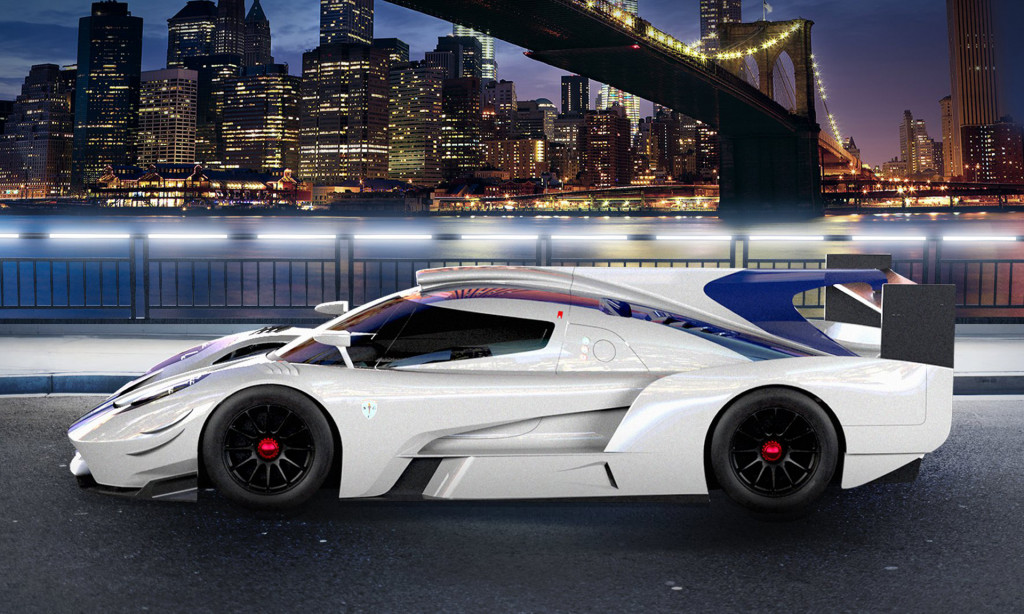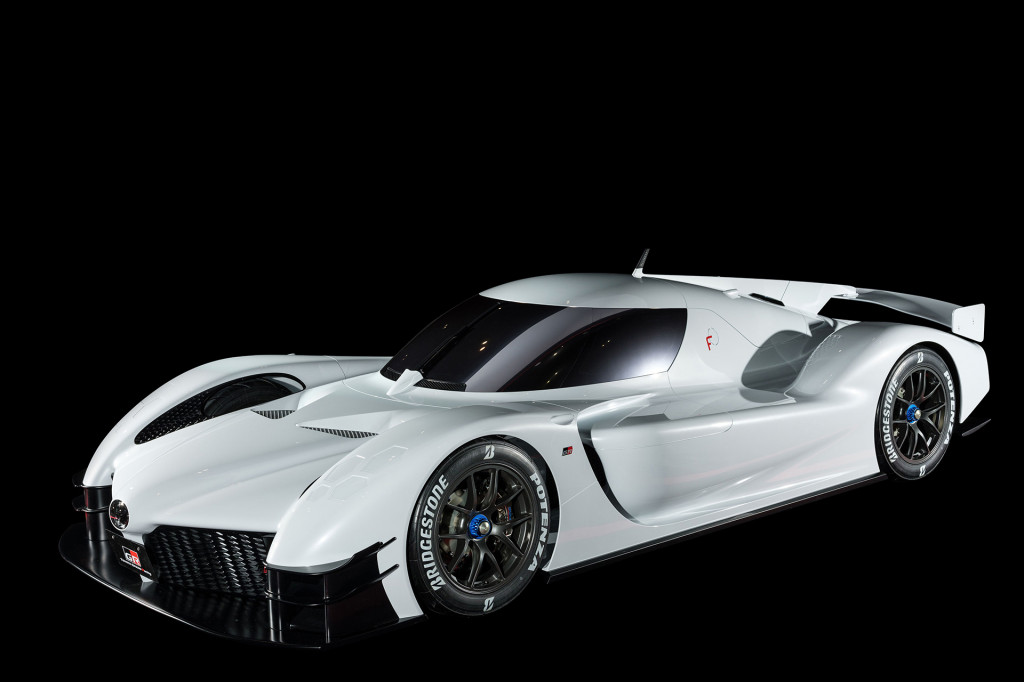Organizers for the World Endurance Championship, which includes the prestigious 24 Hours of Le Mans, on Wednesday agreed on regulations governing the new “hypercar” class being introduced in the 2020/2021 season to replace the current LMP1 class as the series' premier class.
The hypercar class was first announced in June. Its purpose is to attract more manufacturers by allowing designs that closely resemble cars the manufacturers actually sell. Some technology will also be shared, such as powertrains, but the cars will still be dedicated racers and in most cases have separate chassis to their road-car counterparts.
A name for the class is yet to be decided, with the organizers, the FIA and ACO, putting the decision up to popular vote. Possibilities include Super Sportscar, GTPrototype and Le Mans Hypercars. The selected name will be revealed next year.

Scuderia Cameron Glickenhaus 007
Crucially, the organizers have agreed on much more “reasonable” budgets than the costly LMP1 program. A budget of 20 million euros for two cars over a full season has been set, based on a five-year commitment. Testing sessions, tire options, and powertrain replacements will all be reduced compared to the current LMP1 rules.
Stricter aerodynamic restrictions will also be in place to ensure the designs remain aesthetically pleasing, and powertrains must also feature in manufacturers' road-going models. The cars will need to feature hybrid powertrains but private teams unable to develop their own powertrain can rent one from a manufacturer, much like in Formula 1. The running cost for renting a powertrain for two cars over a season has been set at 3 million euros.
As for the actual powertrains, a hybrid system consisting of a motor-generator can only be used at the front axle. This electric motor-generator can develop a maximum 268 horsepower and is allowed to work with an internal combustion engine developing a maximum 680 hp. The rules demand that both the engine and electric motor must be based on units "destined for a series production car homologated for road use."
At least 25 road cars equipped with the engine and 25 cars equipped with the hybrid system must be produced in the year coinciding with the second year of the season in which they are raced. So for the 2020/2021 season, the powertrains need to be available in showroom models by the end of 2021. Those figures rise to 100 units after the end of the second season. Modifications to the engine are free, apart from the block and cylinder head, but the rules state that no modifications are allowed to the hybrid system.

Toyota GR Super Sport concept
Finally, a minimum weight of 1,040 kilograms has been confirmed, with the internal combustion engine requiring a minimum weight of 180 kg, the battery 70 kg, and the motor-generator 50 kg. Weight distribution is also set and there must be a 48.5-percent bias to the front with a tolerance of 1.5 percent.
Despite all the restrictions, the regulations are still aimed at advancing technology, particularly in the area of efficiency, as well as safeguarding performance. Targets include a 3:22 qualifying lap and 3:27 race lap at Le Mans. The fastest lap during qualifying in the 2018 24 Hours of Le Mans was a 3:15.377 set by Toyota's TS050 Hybrid LMP1. And to ensure parity, balance of performance rules mean cars will receive 0.5 kg of ballast weight per point scored to a maximum 50 kg. However, the added weight will be removed for the all-important Le Mans race which serves as the final round of the season.
The first manufacturer to commit to the class is Scuderia Cameron Glickenhaus which will race a new car called the 007. Toyota, which is the only manufacturer left in the current LMP1 class, has hinted at its own hypercar class entry with its GR Super Sport concept. Aston Martin and Koenigsegg have also expressed an interest in the new class.
